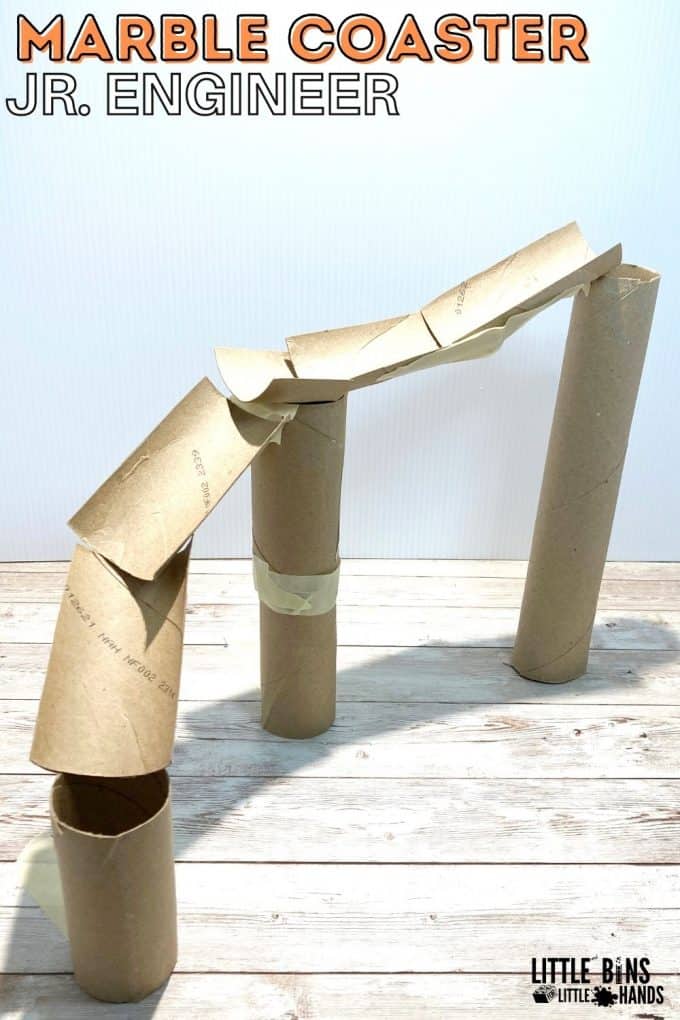
All you need are some recyclables and a handful of marbles. Make it as easy or complicated as your imagination wants. It is so fun to build a marble roller coaster and it is a perfect example of a STEM activity using basic supplies. Combine design and engineering for a STEM idea that will provide hours of fun and laughs! We love simple and hands-on STEM projects for kids!

Ever been on a roller coaster ride? It can be exhilarating or frightening, or maybe a bit of both!
A roller coaster is an amusement ride that uses some track with tight turns and steep hills, and sometimes, they even turn upside down! The first roller coasters are believed to have originated in Russia in the 16th century, built on hills made of ice.
The first roller coaster in America was opened on June 16, 1884, at Coney Island in Brooklyn, New York. Known as a switchback railway, it was the invention of LaMarcus Thompson, traveled approximately six miles per hour, and cost a nickel to ride.
Design a roller coaster with tight turns and steep hills using cardboard tubes. Test it out with marbles and make adjustments as needed. It’s all part of the engineering design process!
Follow our instructions below or develop your own paper marble roller coaster. The best thing is this STEM project is easy to set up and inexpensive for kids!
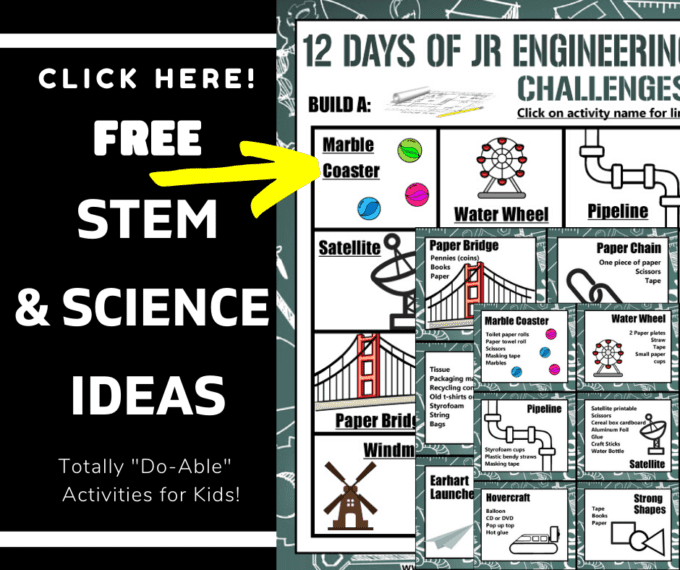
Leftover cardboard? Check out more fun cardboard tube STEM projects!

STEP 1: Cut several toilet paper tubes in half.
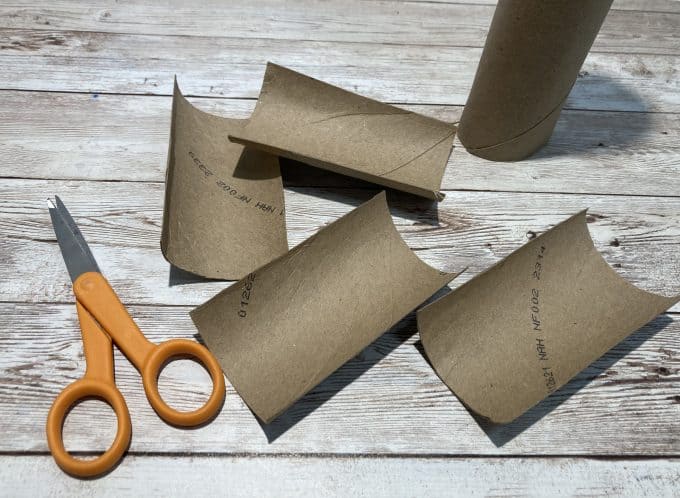
STEP 2: Stand up your paper towel roll and tape it to the table. Attach two of your cut tubes to your paper towel roll ‘tower’.

STEP 3: Tape two toilet paper tubes together to make a smaller tower and attach it to the table and the roller coaster.

STEP 4: Stand up one toilet paper tube and attach to table, and use your remaining coaster pieces to connect all three of your ‘towers’.

STEP 5: You might need to put some smaller pieces of coaster ramp to keep the marble from falling off corners. Adjust as needed.
STEP 6: Drop a marble at the top of your coaster and have fun!

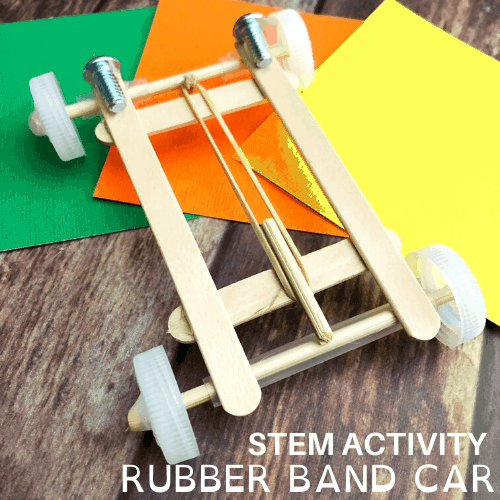
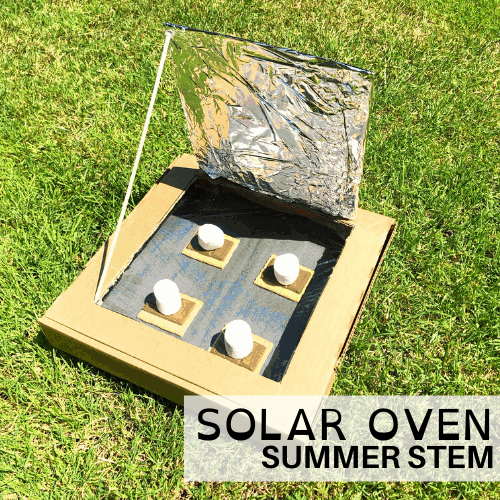

So you might ask, what does STEM actually stand for? STEM is science, technology, engineering, and math. The most important thing you can take away from this, is that STEM is for everyone!
Yes, kids of all ages can work on STEM projects and enjoy STEM lessons. STEM activities are great for group work, too!
STEM is everywhere! Just look around. The simple fact that STEM surrounds us is why it’s so important for kids to be a part of, use, and understand STEM.
Interested in STEM plus ART? Check out all our STEAM Activities!
From the buildings you see in town, the bridges that connect places, the computers we use, the software programs that go with them, and compasses for navigation, STEM is what makes it all possible.
Here are a few resources that will help you introduce STEM more effectively to your kiddos or students and feel confident yourself when presenting materials. You’ll find helpful free printables throughout.
These STEM questions for reflection are perfect to use with kiddos of all ages to talk about how the project went and what they might do differently next time around.
Use these questions for reflection with your kids after they have completed the STEM challenge to encourage discussion of results and critical thinking. Older kiddos can use these questions as a writing prompt for a STEM notebook. For younger kiddos, use the questions as a fun conversation!
80+ Doable Engineering Projects in one convenient pack!
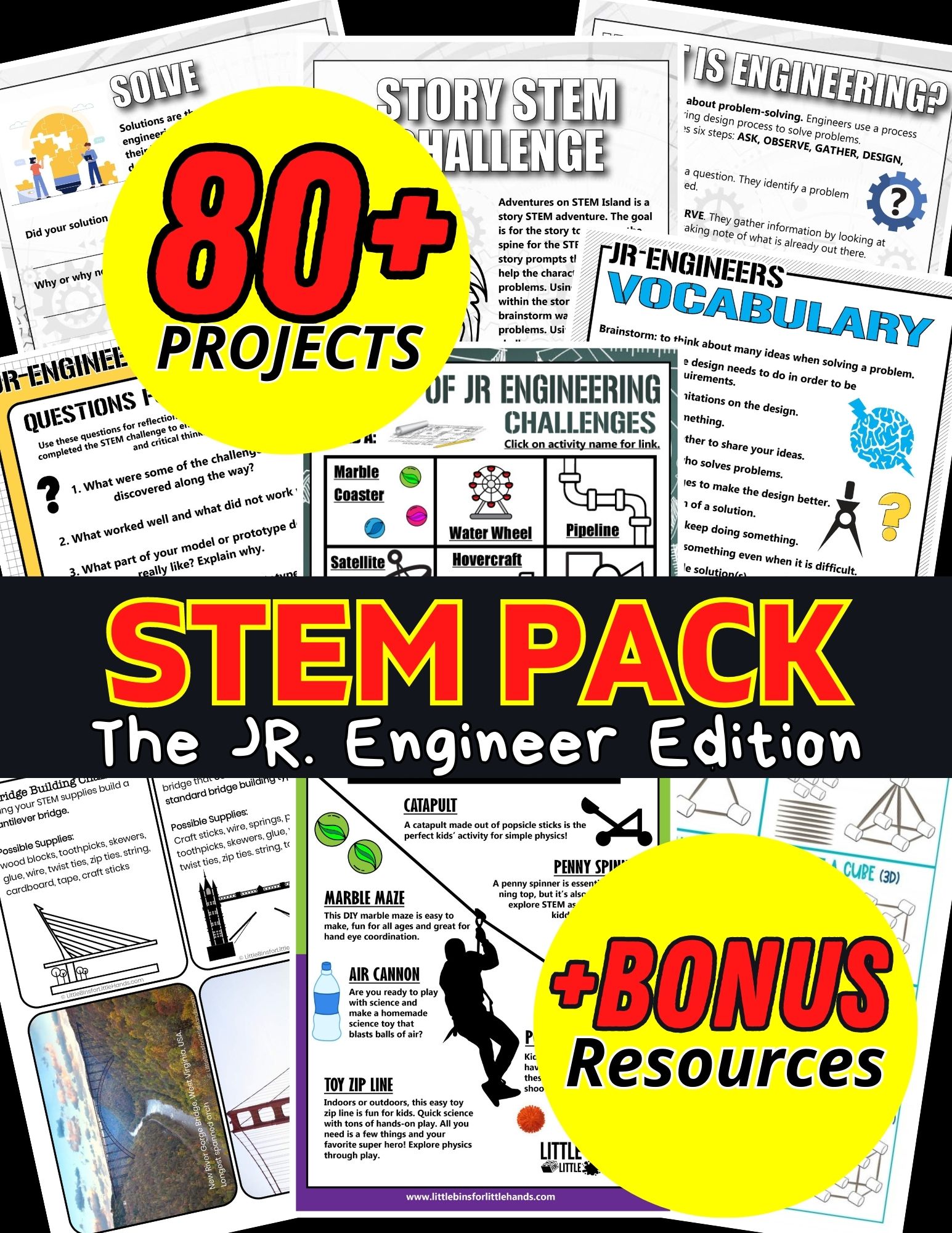
We have a PASSION for SLIME, and are dedicated to helping you make the best slime ever. Questions? Just ask us!
We also LOVE science and all things STEM. Join us on our journey to discover just how cool science can be. Want to know how to get started? Click on any of the images or menu options!